American Pokeweed (Phytolacca americana) on Nov 25, 2011
Submitter does not have a specimen
EDRR Status: Population assessed
Description of specimen
About 6 months ago, our church received a letter from the county (maybe the city) that notified us of Pokeweed, Phytolacca americana, on our property. A flyer was included, but it didn't much match anything growing. That said, our pastor thought it might be certain plants she had previously seen.
Later this summer, some plants did grow large enough to examine, but I had lost the flyer by then.
I photographed these plants and then sprayed with a herbicide. The letter stated that we were responsible for controlling the weed.
Your website, however, states that you will help in controlling this weed.
My concern is the remaining rootball. I don't mind spritzing a weed now and then, but if you have ideas about getting a rootball that is growing beneath a concrete sidewalk (short of excavating the sidewalk, please), I am all ears.
See the pictures, particularly the last one with the plant cut to expose the rootball that has grown in the gap between the sidewalk and the building and is probably spreading under the sidwalk to sprout in other cracks nearby.
Tony Zinicola, Jr.
Member of the church Session (sort of a church board of directors)
971 404 4469

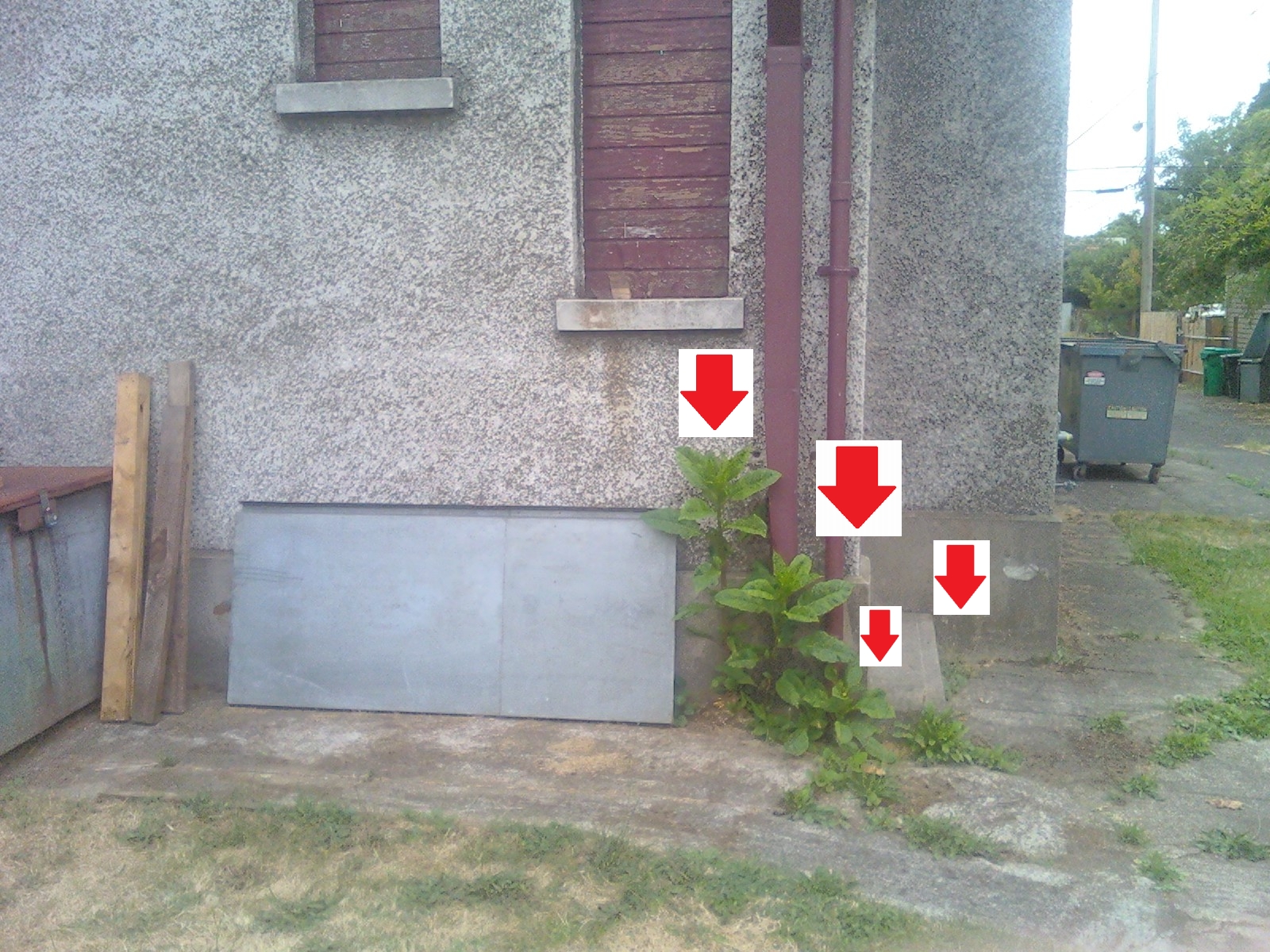
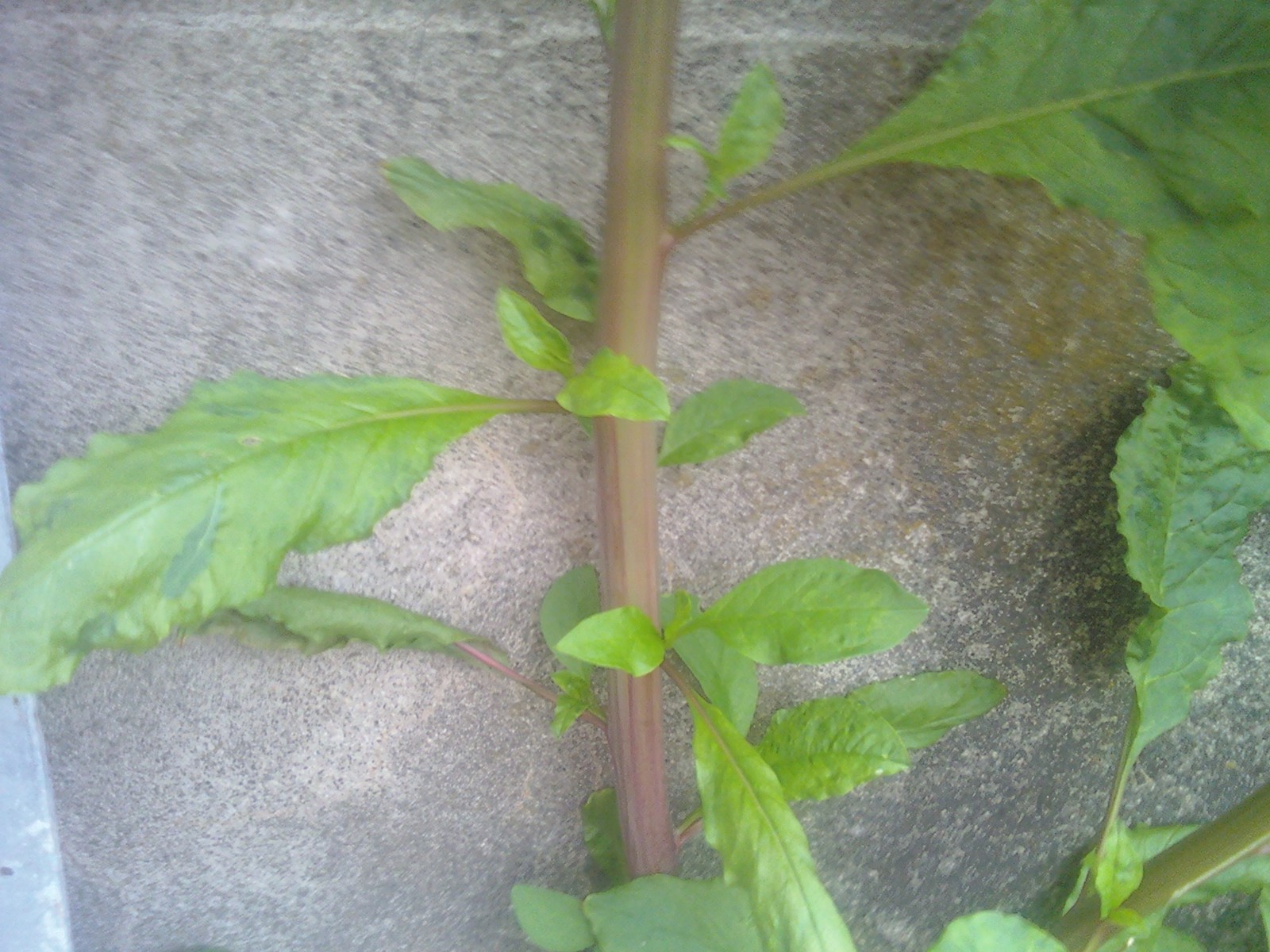
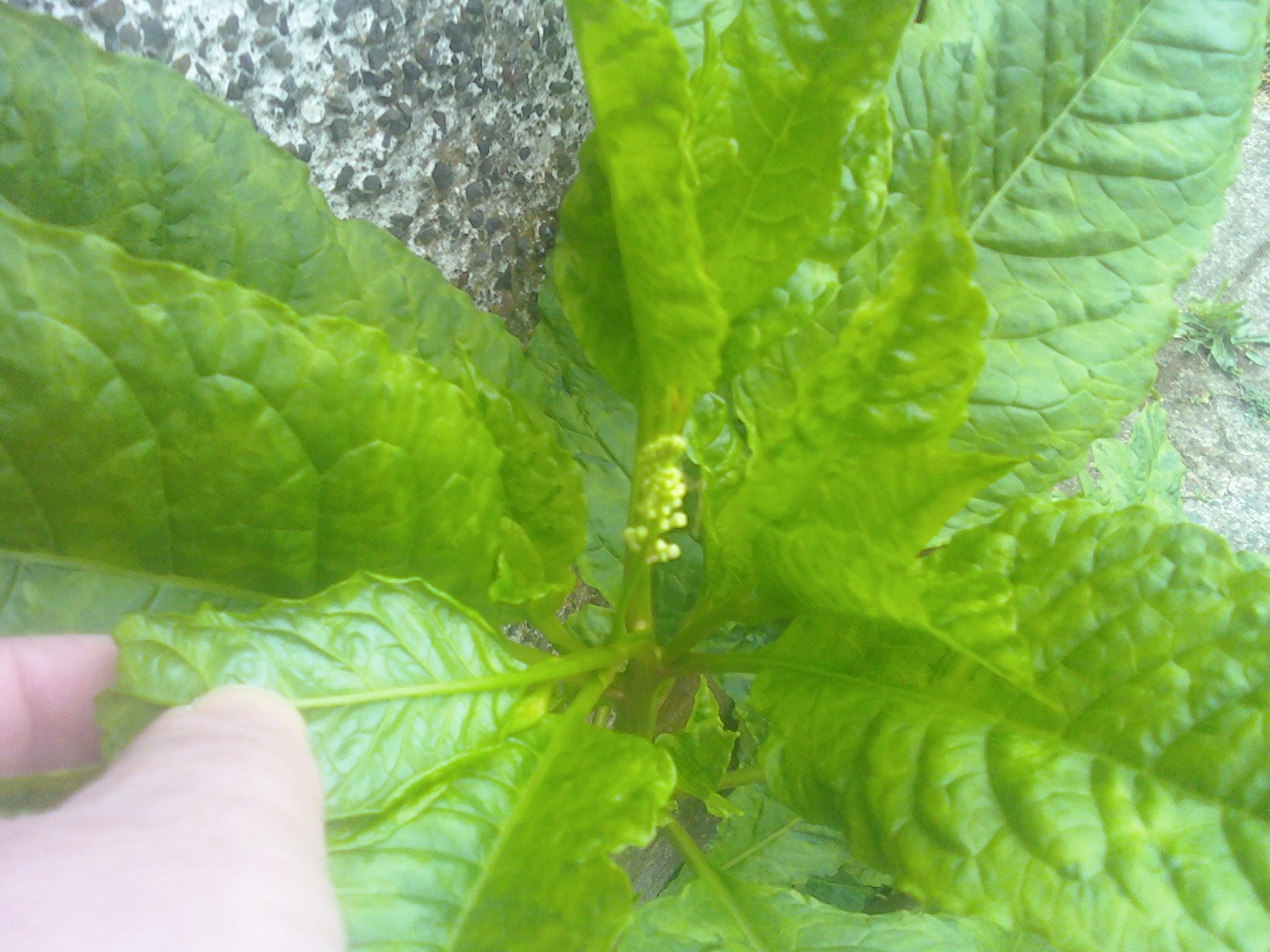
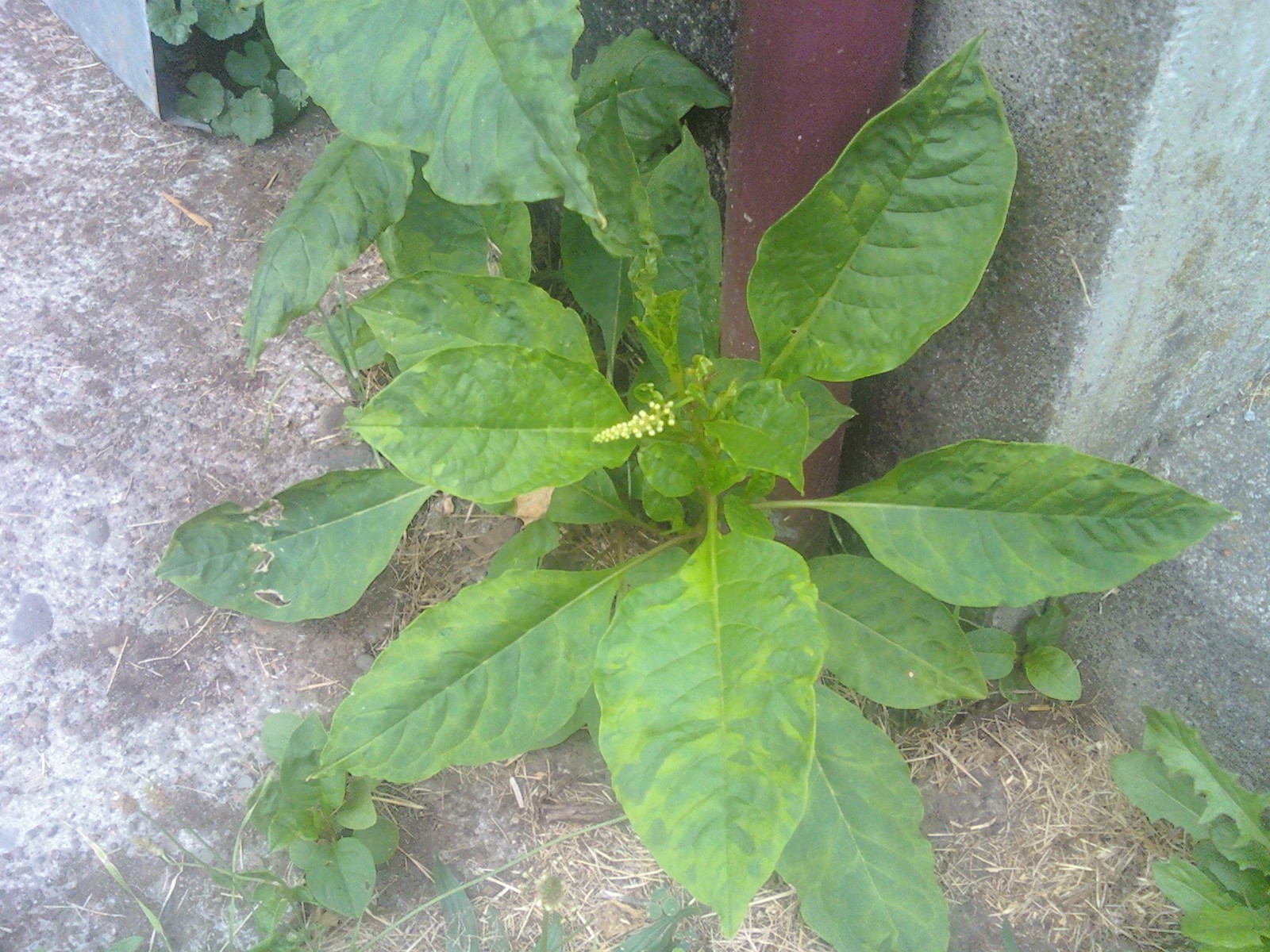
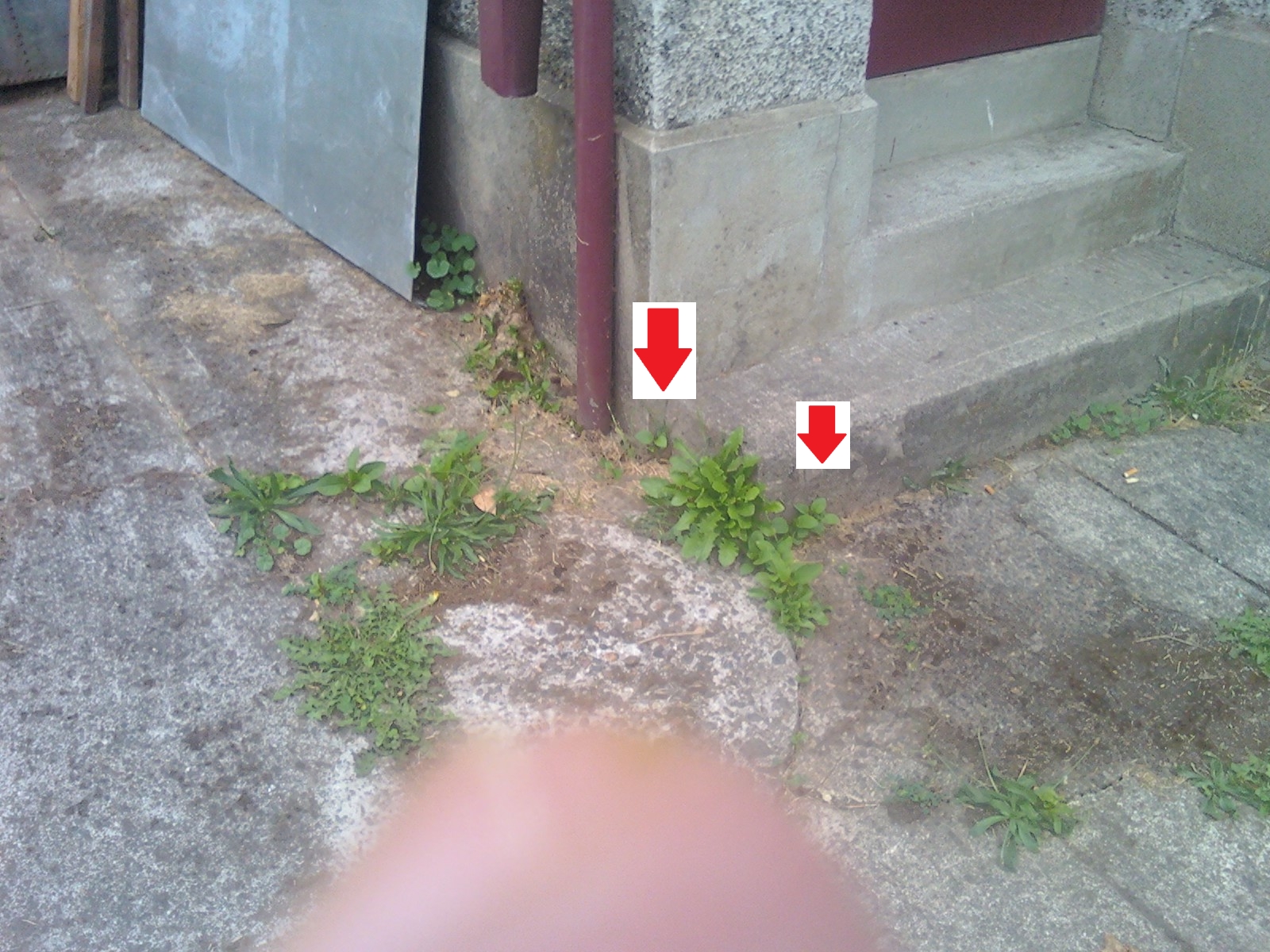
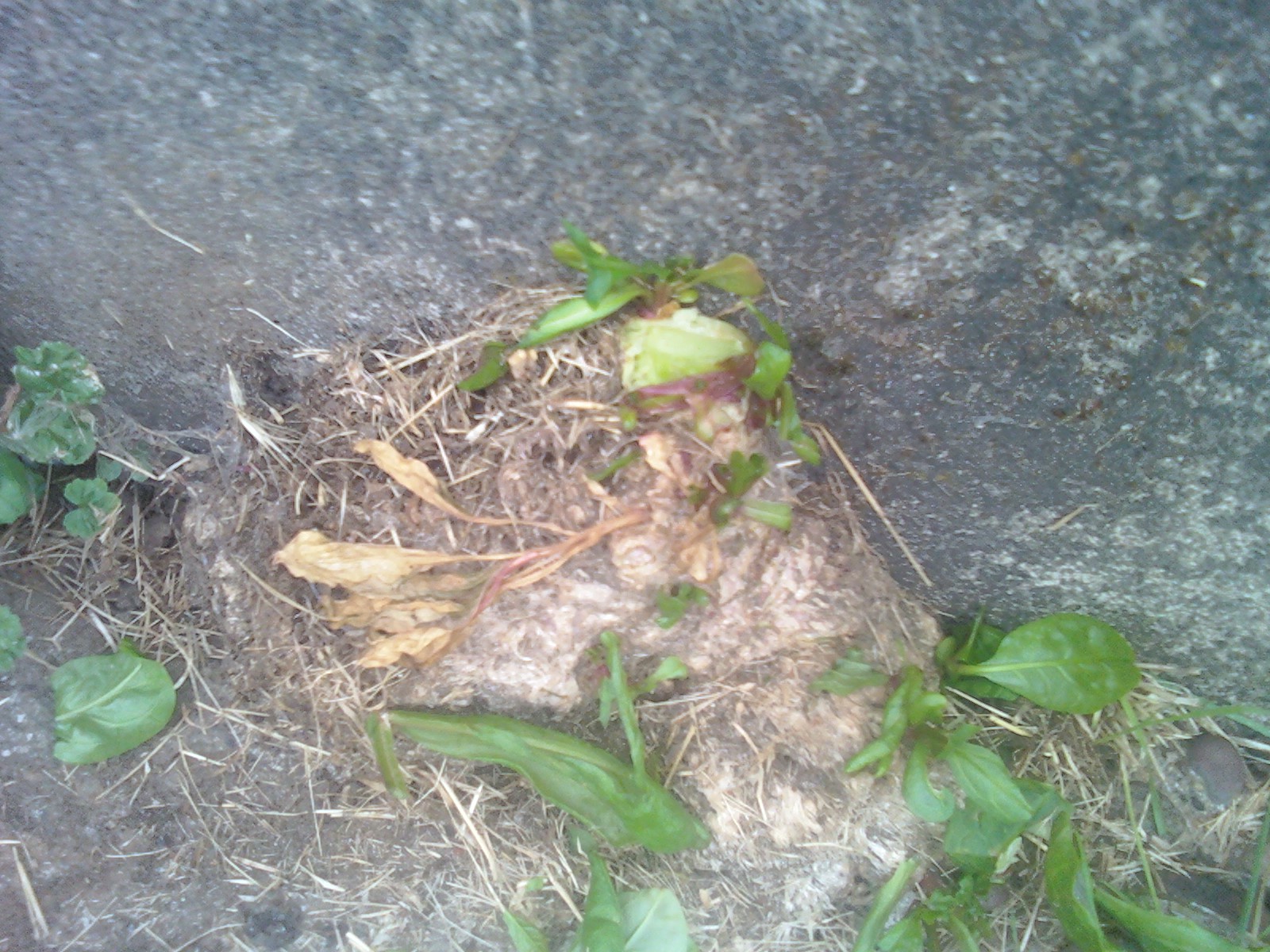
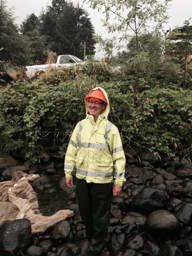
There is quite a lot of pokeweed in NE Portland; so much so, in fact, that we don't generally treat on private property. At the same time, we have done trials of several kinds of treatment this summer and fall, and hope to have results by next summer. This means, at the very least, that we can better advise how to treat their pokeweed. Regular cutting is likely to deplete the roots (cut when 1-2' tall). Other noxious species succumb when sprayed once late in the fall; the problem with this strategy is that you then have a lot of berries to cut and put in the trash. If I understand your email correctly, your June (July?) spray probably affected or even killed the smaller, younger plants. The larger plants were likely affected a bit less; that's just my guess. The great thing about a June spray is that you've controlled the spread of seeds. Continuing this approach will likely a) kill off all new plants from existing seeds, b) prevent new seeds getting into the soil, and c) eventually exhaust the old plants. I'll be interested to see how things look next June and hope you'd be willing to reach me directly at mitch.bixby@portlandoregon.gov.
Have a good week...
-Mitch
Mitch Bixby
Nov. 28, 2011, 1:37 a.m.